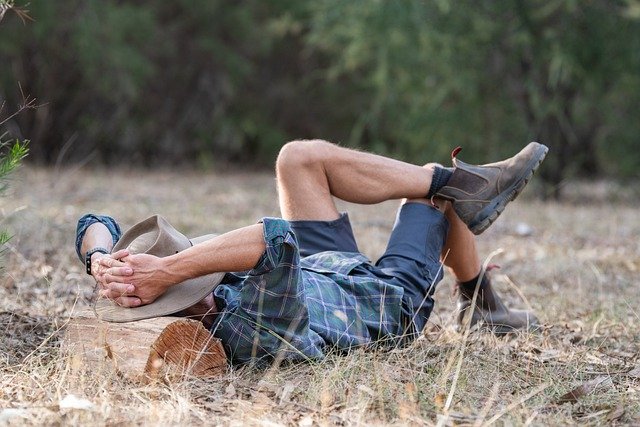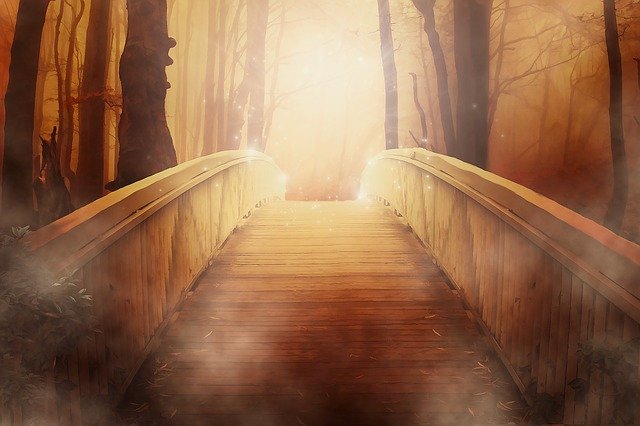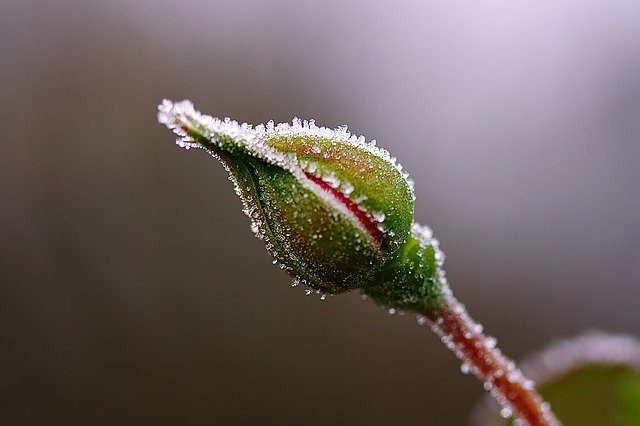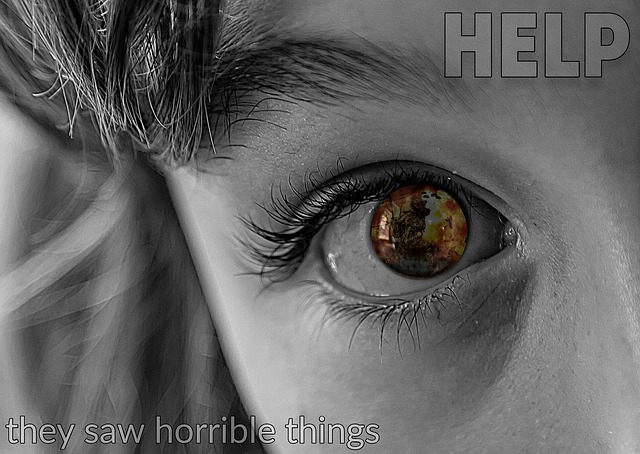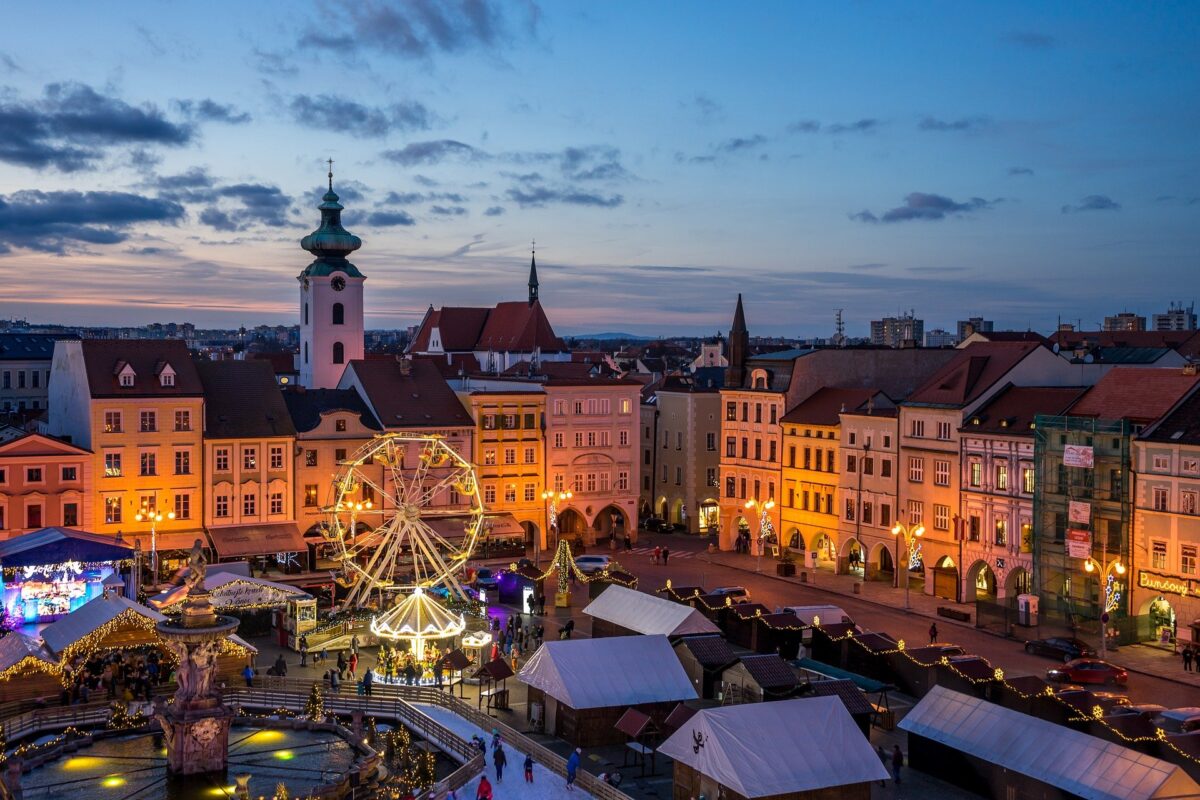Hugh Van Cuylenburg, in his book Let Go, encourages us to let go of expectations, fear of failure, shame and “addiction to social media”. Hugh maintains that social media and related devices such as smartphones are creating “planet-wide chirping, beeping, vibrating, pixilated opioid”. The addiction to social media and these devices has intensified with the pandemic and associated lockdowns and other movement restrictions. Hugh draws on the work of Stanford addiction expert, Professor Keith Humphreys, to suggest that nowadays we need to take a “digital detox” for our personal productivity and mental health.
Hugh is adamant about the need to break the social media addiction not only for its adverse effects but also for its opportunity costs. Research has shown that social media addiction, and/or obsession with the news, can lead to unhealthy comparisons, depression, loneliness and cyberbullying. Performing artists Missy Higgins and Tina Turner have both spoken about the adverse effects on their life as a result of being addicted to social media and being unable to handle the negative comments and criticisms.
Hugh points out that one of the opportunity costs of social media addiction is the inability to access higher levels of productivity and happiness. He discusses the concept of “flow” or “being in the zone” as a form of heightened focus, immersion and productivity, producing extraordinary levels of achievement and productivity. Achieving flow brings with it enhanced (rather than diminished) self-esteem, happiness, and the pleasure of realising high levels of competence. Hugh maintains that social media, with its manipulative and addictive character, is one of the greatest barriers to achieving flow.
Achieving “flow”
One of the features of flow is that when you are in the zone, time seems to stand still and you lose track of time. Hugh points out that this warping of our sense of time is described as “transient hypofrontality”, a condition that can last brief moments or hours. The transient nature of this condition in a flow context relates to the “temporary suspension of the analytical and meta-conscious capacities” of our explicit framework and system of knowledge capture and storage – in other words, the prefrontal cortex (our rational brain) gets out of the road of our intuitive, creative and spontaneous brain activity. We experience effortlessness in performance of a task or sporting activity, access our intuitive and creative capacities (without logical intervention) and achieve a level of competence that is rare for ourselves (and potentially for others). The flow experience enables us to act from a place of “unconscious competence” – a competence level typically achieved only after many hours of practice.
I recall one day playing a game of tennis at Milton with a friend who was a member of the McDonald’s tennis development squad. We had played each other regularly and tended to alternate as winners of sets. However, on this particular day that I experienced being in the zone, I won 6-0, 5-0 (he retired at this point). It was an incredible feeling – all my lobs would land on the baseline; my first serves were often unplayable; and I could effortlessly hit the ball down the line on either the backhand or forehand side. I was conscious of being in the flow and kept telling myself to enjoy it while it lasted (being such a rare occurrence for me). A characteristic of flow is the ability to focus without distraction and some of the benefits include heightened concentration, clear and unimpeded thought processes (no negative self-evaluation) and positive feelings such as happiness, joy, elation and gratitude.
Hugh suggests that to access the flow state more regularly we not only need to undertake a digital detox or break from social media and smartphones but also to develop a “preparation ritual” and utilise our “peak and productive times” (e.g. early morning for “Morning People” and late night for “Night People”). I find that mornings are the most productive time for me so I almost always write my blog posts in the mornings (I wrote a lot of my PhD in the very early hours of the morning before our infant children woke up). The concept of a preparation ritual needs further elaboration.
Hugh points out that one of the activities that enabled him to achieve flow was running. So he has a detailed warm-up ritual that takes about forty minutes and he finds that he slips into flow in the middle of his warm-up. My ritual for writing these blog posts involves firstly seeking cognitive input in some form, e.g. reading an inspiring article, listening to a podcast, participating in an online conference/summit or watching a video presentation (TED talks are a great stimulus). I will often make notes and sleep on the topic overnight. I find that my subconscious brain works overtime and in the following morning I often experience flow when writing my blog post – ideas come to me spontaneously; I have a framework to write to; and I “see” cognitive and emotional connections to other things I have written, read or personally experienced.
My preparation ritual for social tennis is the practice of Tai Chi – done on the day and a number of days beforehand. Besides developing my reflexes, balance and flexibility, this preparation reminds me to bend my knees, breathe consciously as I play a tennis shot and maintain my concentration. To use a phrase of Bessel van der Kolk, “the body keeps the score” – the Tai Chi practice is embedded in muscle memory so that, for example, bending my knees when playing a tennis shot can happen unconsciously. Body memory is very real – you can experience this when someone lowers the height of the driver’s seat in your car without advising you of the change, e.g. your very tall son (you go to sit down and find that you land on the seat with a thump as your body expects the seat to be higher – a similar experience happens when someone switches the location of the forks and knives in your cutlery drawer.)
Reflection
Taking time to experience calm and quiet away from social media increases our capacity to access flow and its attendant benefits such as creativity, happiness and fulfillment. As we grow in mindfulness, through reflection, meditation and mindfulness practices we can experience Calmfidence, achieve higher levels of concentration, and be in the zone more often.
____________________________
Image by MarieXMartin from Pixabay
By Ron Passfield – Copyright (Creative Commons license, Attribution–Non Commercial–No Derivatives)
Disclosure: If you purchase a product through this site, I may earn a commission which will help to pay for the site, the associated Meetup group, and the resources to support the blog.

